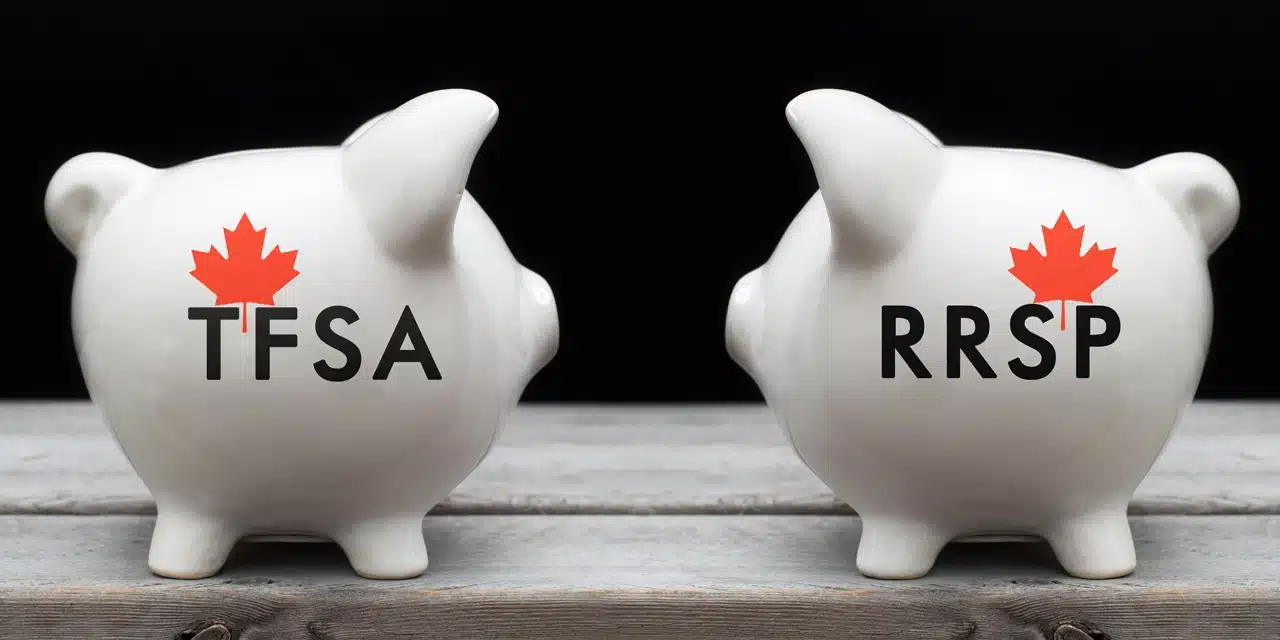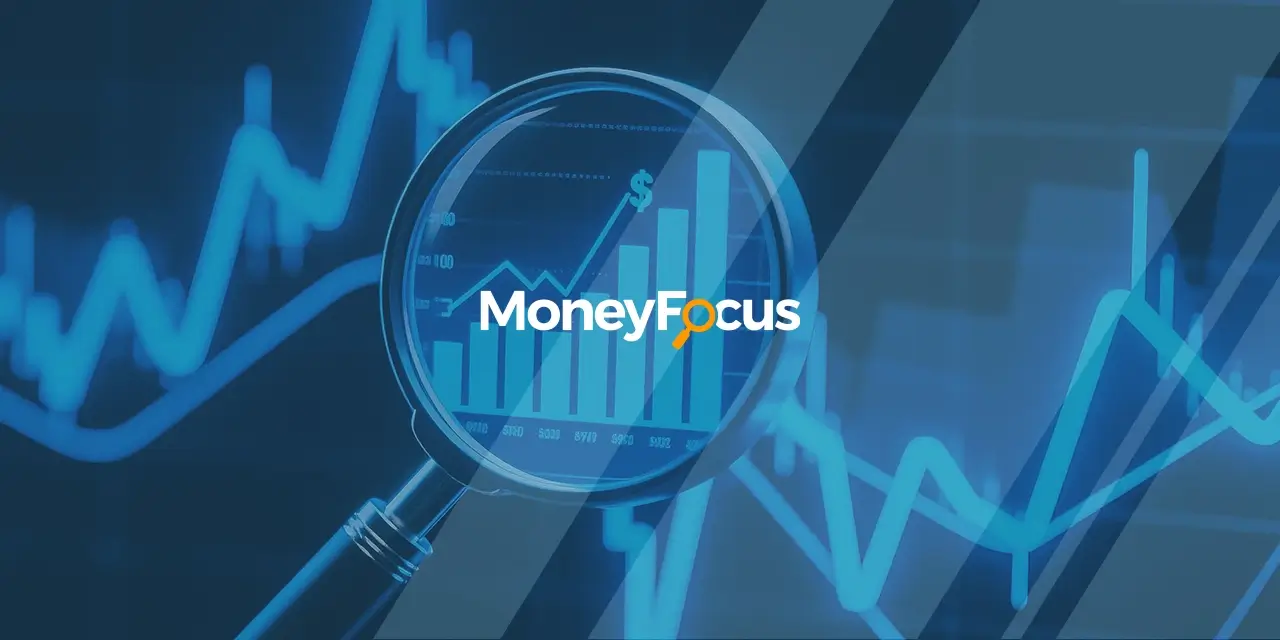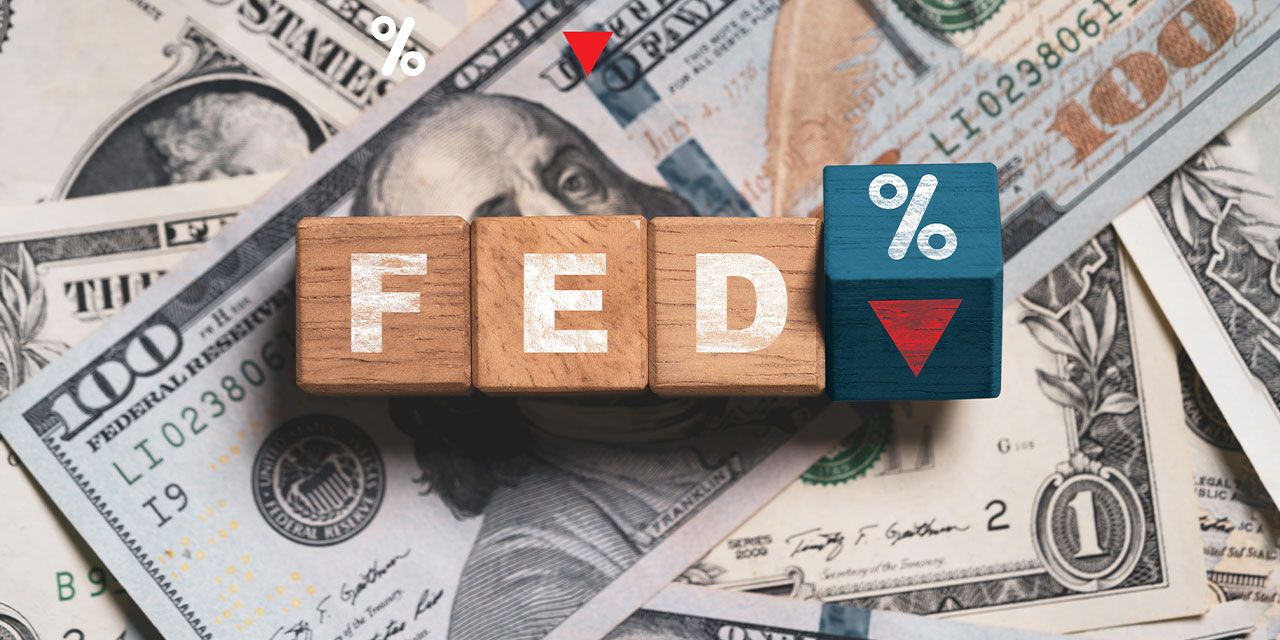If you’re a financial advisor or someone looking to invest their own money, it’s important to understand the difference between registered and non-registered accounts. This distinction has a big impact on taxes, how your investments grow, and your overall financial plans. So, knowing the contrast between these account types is crucial for making smart money decisions that match your goals.
In Canada, there are 7 types of registered accounts to familiarize yourself with.
Registered Retirement Savings Plan (RRSP)
You can contribute up to 18% of your income from the previous tax year to your RRSP registered account. If you exceed your contributions by more than $2,000, you will have to pay a tax of 1% per month on excess contributions that exceed your RRSP deduction limit. For 2024, the total RRSP dollar limit is set at $31,560. As long as you keep your assets in that account, you won’t have to pay any capital gains or income taxes. If you decide to withdraw funds out of your RRSP account, you’ll have to pay tax. You can read more from the CRA website on the limits here.
Tax-Free Savings Account (TFSA)
If you are 18 or older, you can contribute to your TFSA account. The account is not tax-deductible. But any income or gains you can generate from it are tax-free even when you withdraw. There are limits to the amount you can contribute to this account. You can read about the TFSA contribution limit for this year here.
Registered Retirement Income Fund (RRIF)
Once an RRSP holder turns 71, their RRSP account becomes a Registered Retirement Income Fund (RRIF). You can’t contribute to your RRIF account and have to withdraw money from it based on a schedule set by the Canada Revenue Agency (CRA). Once you do that, you’ll be taxed. You can learn more about the challenges posed by RIFF withdrawals here.
Locked-In Retirement Account (LIRA)
Any money you had in your pension plan from your former employer goes into a LIRA-registered account. You can’t withdraw or contribute money to that account until you retire. The funds in LIRA grow tax-free until you turn 71.
Once you reach 71 years of age and you transfer your pension money into a LIRA, it becomes a tax-sheltered Life Income Fund (LIF) account.
Registered Education Savings Plan (RESP)
People use RESP to save money for their children’s post-secondary education. The Canada Savings Grant (CESG) matches 20% of your contributions, up to a certain limit. That is equivalent to $0.20 for every dollar contributed. To maximize the CESG grant of $500 per beneficiary per year, you would need to contribute $2,500 annually (20% of $2,500 is $500). The money you have in this account is tax-free, but once your children withdraw, they will be taxed. There is no annual contribution limit for RESPs. However, there is a lifetime limit on how much a parent can contribute to an individual beneficiary’s RESP. As of the last update in year 2023, the maximum lifetime contribution allowed per beneficiary is $50,000.
Registered Disability Savings Plan (RDSP)
RDSP is a registered account for people approved for Canada’s Disability Tax Credit. They can contribute up to $200,000 without reducing their provincial disability benefits. The government contributes to the RDSP accounts until the person reaches 50.
Anyone under the age of 59 can open an RDSP account.
First Home Savings Account (FHSA)
First-time homebuyers use the FHSA registered account to save for a down payment. They can contribute up to $8,000 annually and up to $40,000 over the account’s lifetime. Any unused contributors will be added for the following year. All your contributions to this account are tax-deductible, and you won’t be taxed if you withdraw.
How ETFs Work in Registered Accounts
In order for an ETF to be eligible for a registered account, the ETF issuer must file that ETF with the Canada Revenue Agency under the tax act. In Canada that is typically done upon the launch of an ETF and most ETFs can be held inside registered accounts. Typically the ETF’s website will mention its eligibility
The ETF will grow inside your registered account. If these are TFSA, LIRA, or FHSA-registered accounts, you won’t be taxed when you withdraw.
You can hold fixed, dividend, and equity income ETFs in your accounts to generate income. In most registered accounts, you won’t have to pay tax on the income these ETFs have generated until you withdraw from them.
You’ll have to pay tax on the income you earn from your fixed income and dividend ETFs when you withdraw. The government will tax the gains you make from the equity ETFs as income. The cash flow you generate using call options will be taxed as capital gains. You can learn about the efficiency of capital gains tax on cashflow here.
What about non-registered accounts?
Non-Registered Accounts Explained
There are two types of non-registered accounts:
-
- A cash account – users invest in securities using their cash.
- A margin account – users borrow money to buy securities (known as buying/trading on margin.)
These are investment accounts that don’t receive any specific tax treatment.
The government taxes the gains you make from these accounts at your marginal tax rate in the year they occur, whether these gains come from:
-
-
- Interest
- Dividends – these are taxed more favorably because of the dividend tax credit.
- Fund distributions
- Selling assets
-
You have no limit on how much money you can invest in a non-registered account. Also, you can contribute to it for as long as you want. A non-registered account can hold the same assets as the registered account, plus cryptocurrencies, real estate, and collectibles.
The difference between registered and non-registered accounts
Registered accounts are popular in Canada because they offer some form of tax deferral or tax exemption for the money you contribute to them. This can make a big difference when it comes to achieving your goals. But they also have their own annual contribution limits.
Non-registered accounts have no limits on the amount or length of your contributions. But they have no special tax status. They allow you to own assets you can’t own in a registered account, such as cryptocurrencies, real estate, and collectibles.
For more on Harvest Equity Income ETFs, click here.











